Sabine Marcelis radically reinterprets Renault Twingo
Sabine Marcelis’ Renault Twingo is a conceptual recreation of the cult 1990s city car that re-evaluates light, transparency, form and function
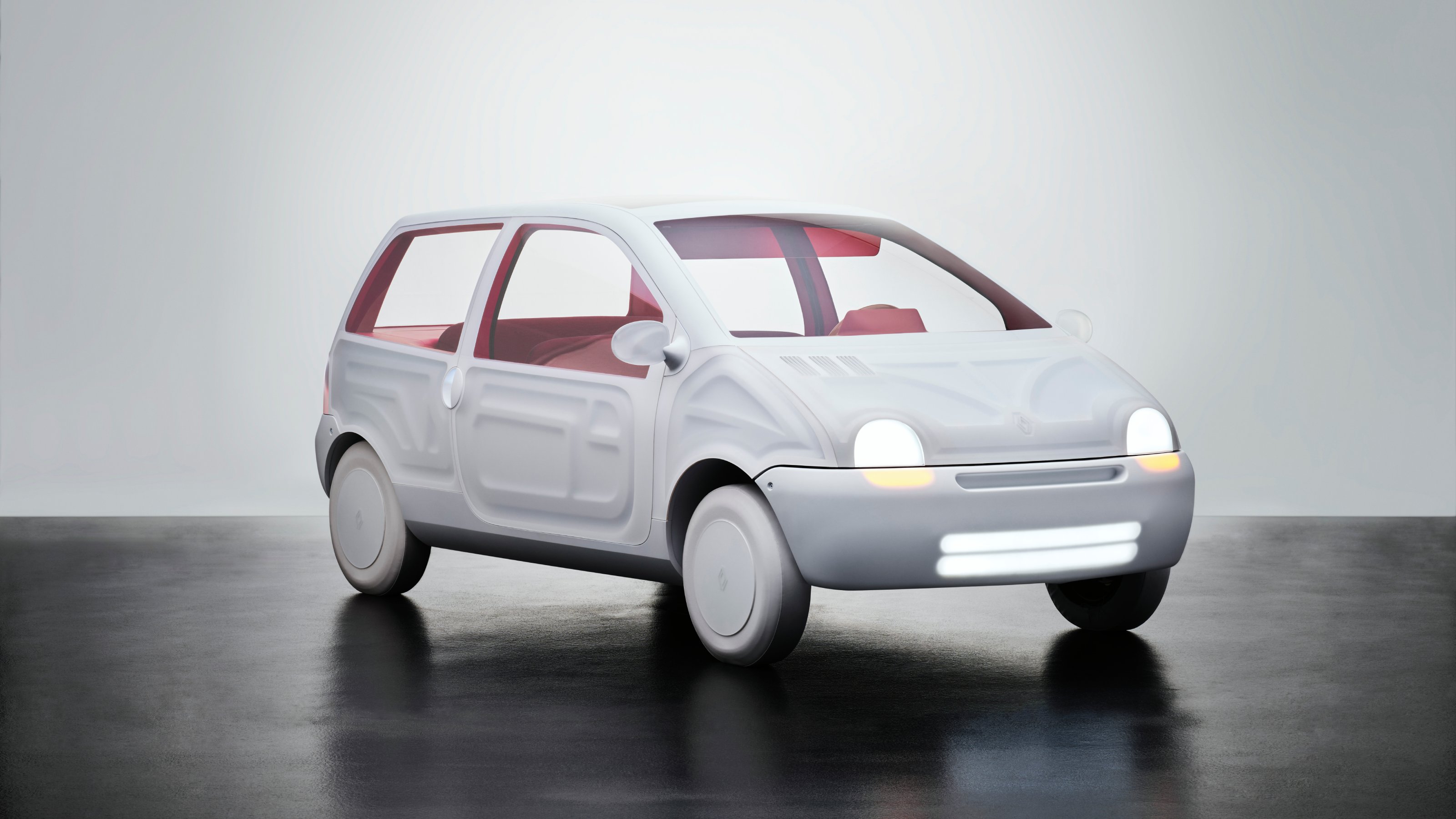
Hot on the heels of Mathieu Lehanneur’s Suite N°4, an interior redesign based on the classic Renault 4L and Pierre Gonalons’ Renault 5 Diamant, the manufacturer has turned to another cutting-edge artist and designer to reimagine one of their more contemporary classic models.
Sabine Marcelis’ Renault Twingo
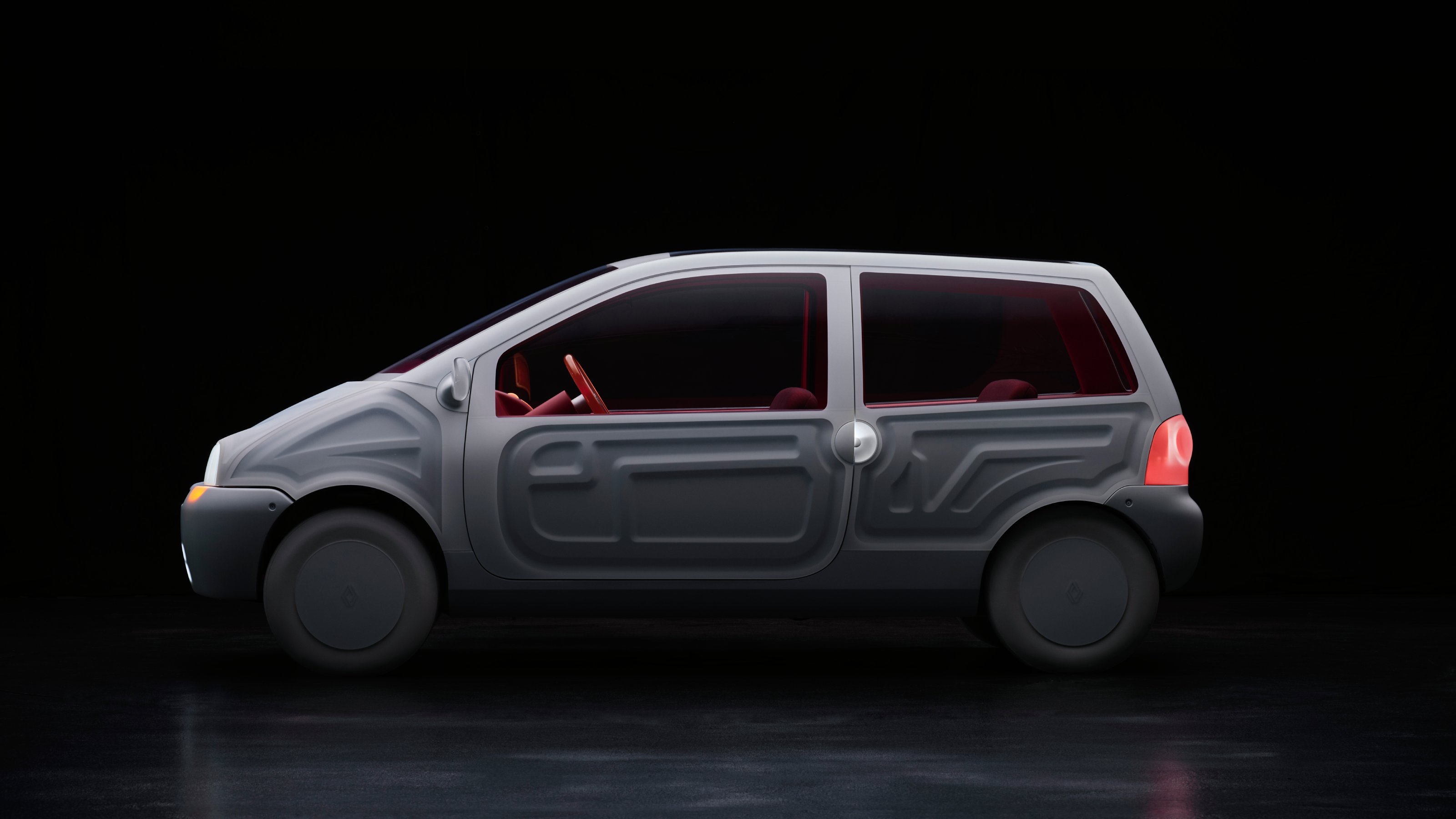
Sabine Marcelis has tackled the Twingo, the cult city car first introduced in the early 1990s when Patrick Le Quément was Renault’s legendary head of design. A micro-sized monobox design, the Twingo embodied an era of full-on Gallic automotive eccentricity (something the subsequent Twingo, which shared a platform with the Ford Ka, failed to replicate), a quality lost for generations.
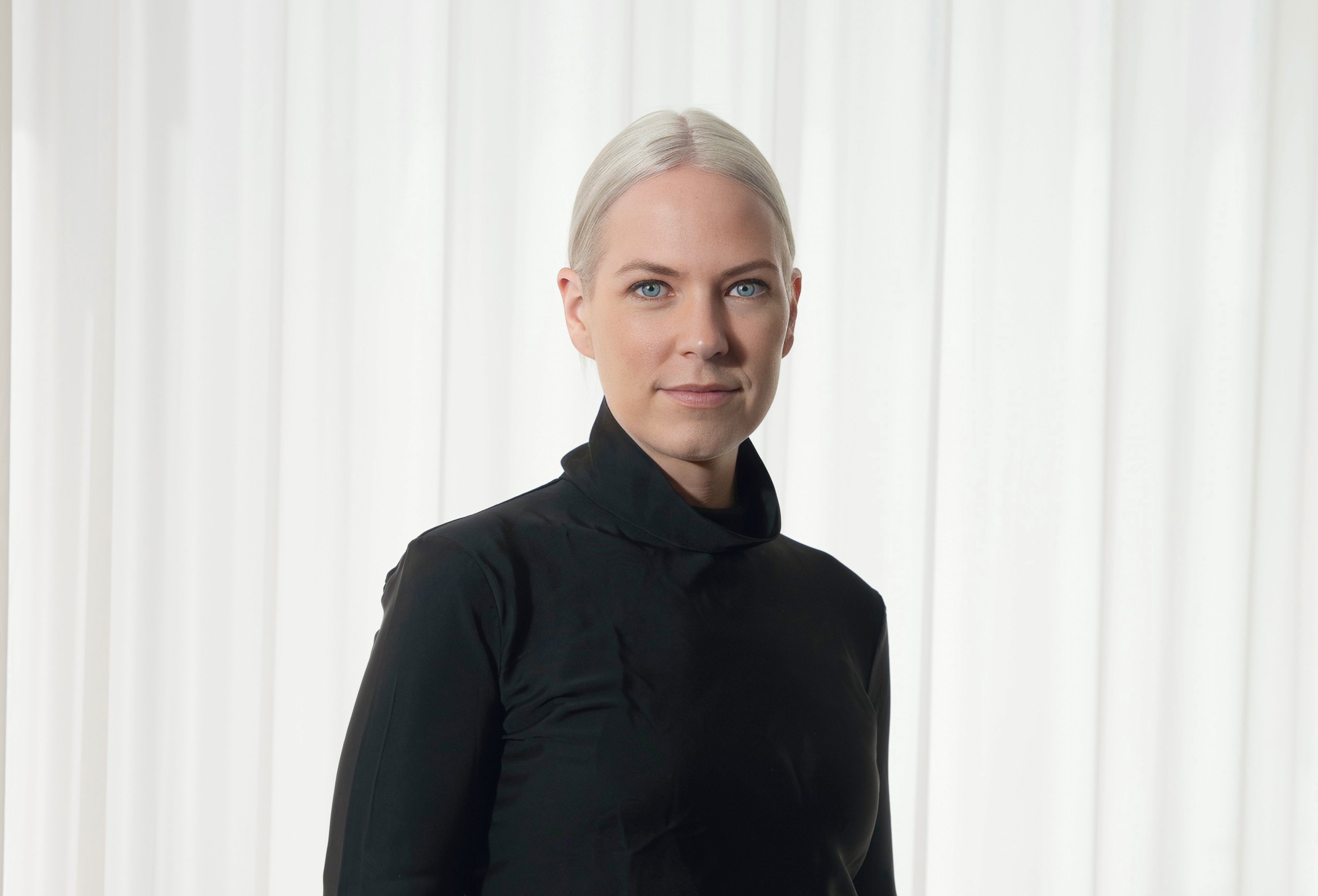
Sabine Marcelis
The Dutch designer has been drafted in to celebrate the Twingo’s 30th anniversary, reshaping and reimagining the compact machine as an electric concept that accentuates the single-volume silhouette with its distinctive semi-circular headlights and modular interior.
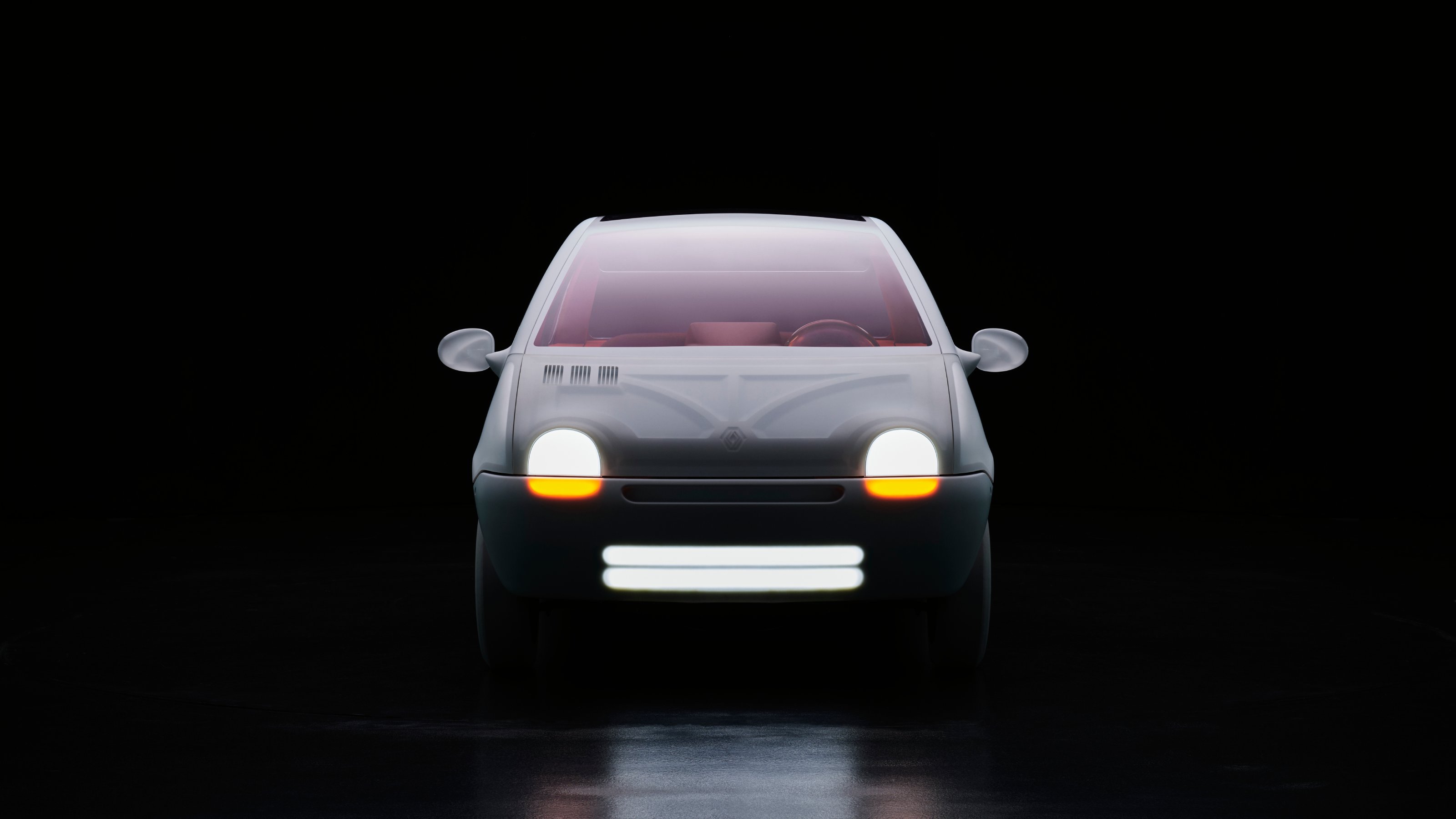
Transparency is the key to Marcelis’ approach, treating the body panels as if they were luminous and backlit, revealing the soft lines of their structural mouldings.
Inside, Marcelis’ ongoing experiments with light have been allowed free reign, with an interior broken down into solid volumes interspersed with translucent red details and a backlit dashboard.
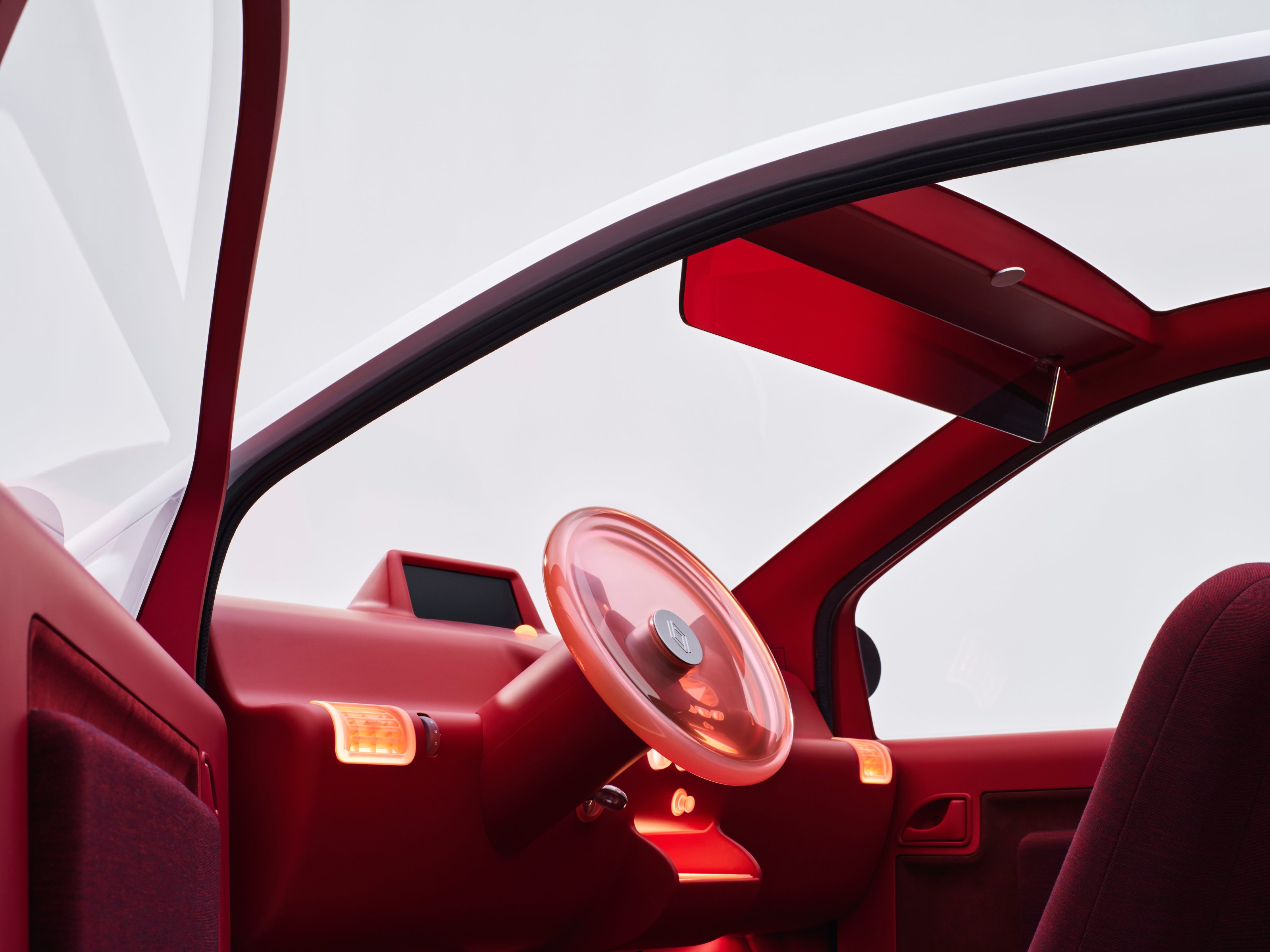
‘I love the quirky details of the Twingo – the “frog eyes” for example,’ says Marcelis. ‘My challenge was to elevate them without losing their unique identity and to bring all elements into a more luxurious realm, activated by light and materiality.’ The interior of the original car was exceptionally spacious, especially by today’s standards, despite its ultra-compact footprint. ‘It was a fantastic opportunity, and a new field of exploration for me, as I'd never designed a car before,’ the designer continues. ‘Working on such an iconic and popular car was a real challenge, especially given the scale of the project.’
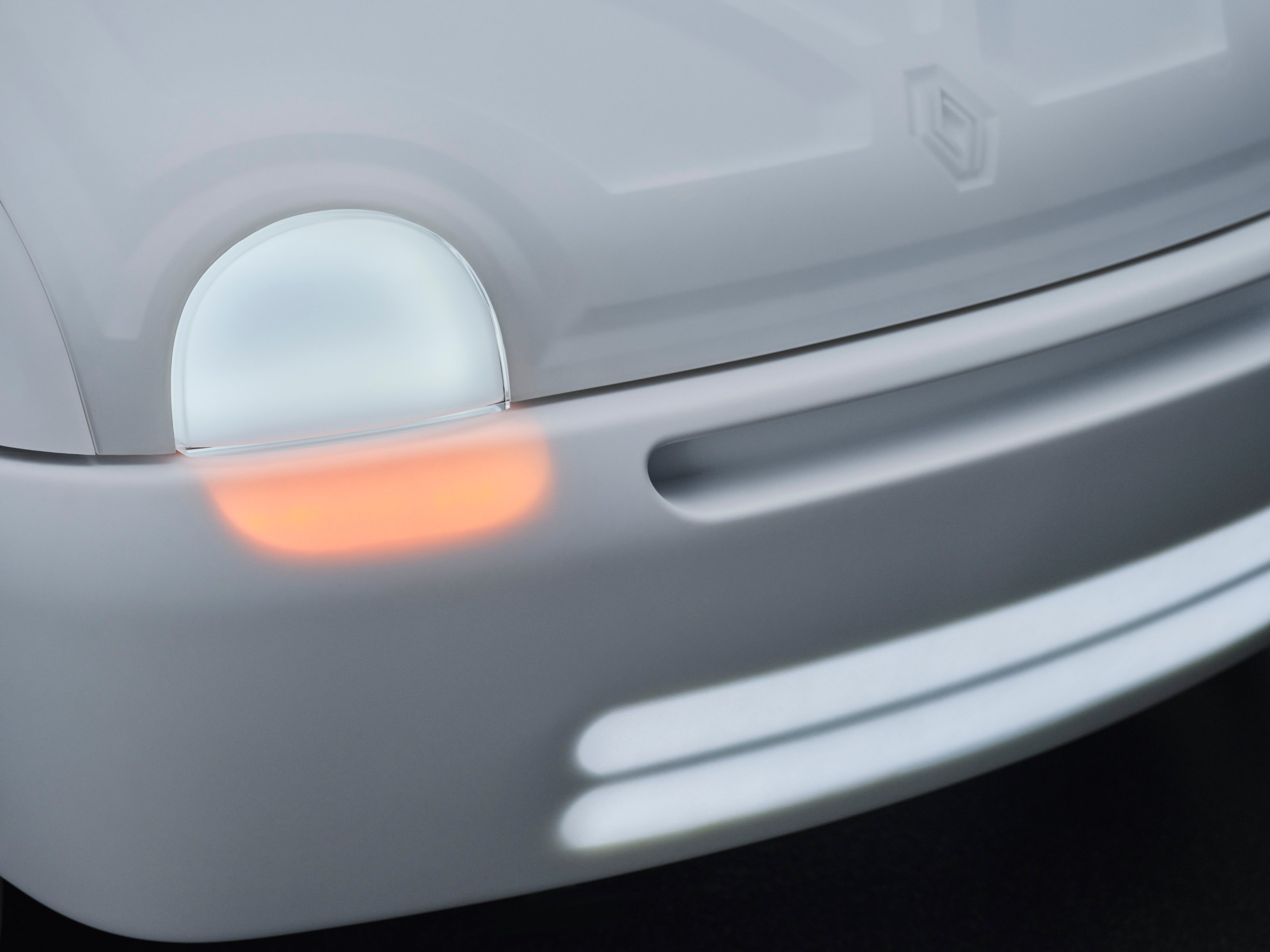
Renault describes the collaboration as ‘unique and unexpected’, preserving the best qualities of this diminutive machine without compromising Marcelis’ own artistic vision. By fitting the concept with an electric motor (the Twingo debuted with Renault’s venerable Cléon-Fonte petrol engine, a design that dated back to the early 1960s), the company has aligned one of its most iconic nameplates with the brand’s ongoing quest for electrification.
Wallpaper* Newsletter
Receive our daily digest of inspiration, escapism and design stories from around the world direct to your inbox.
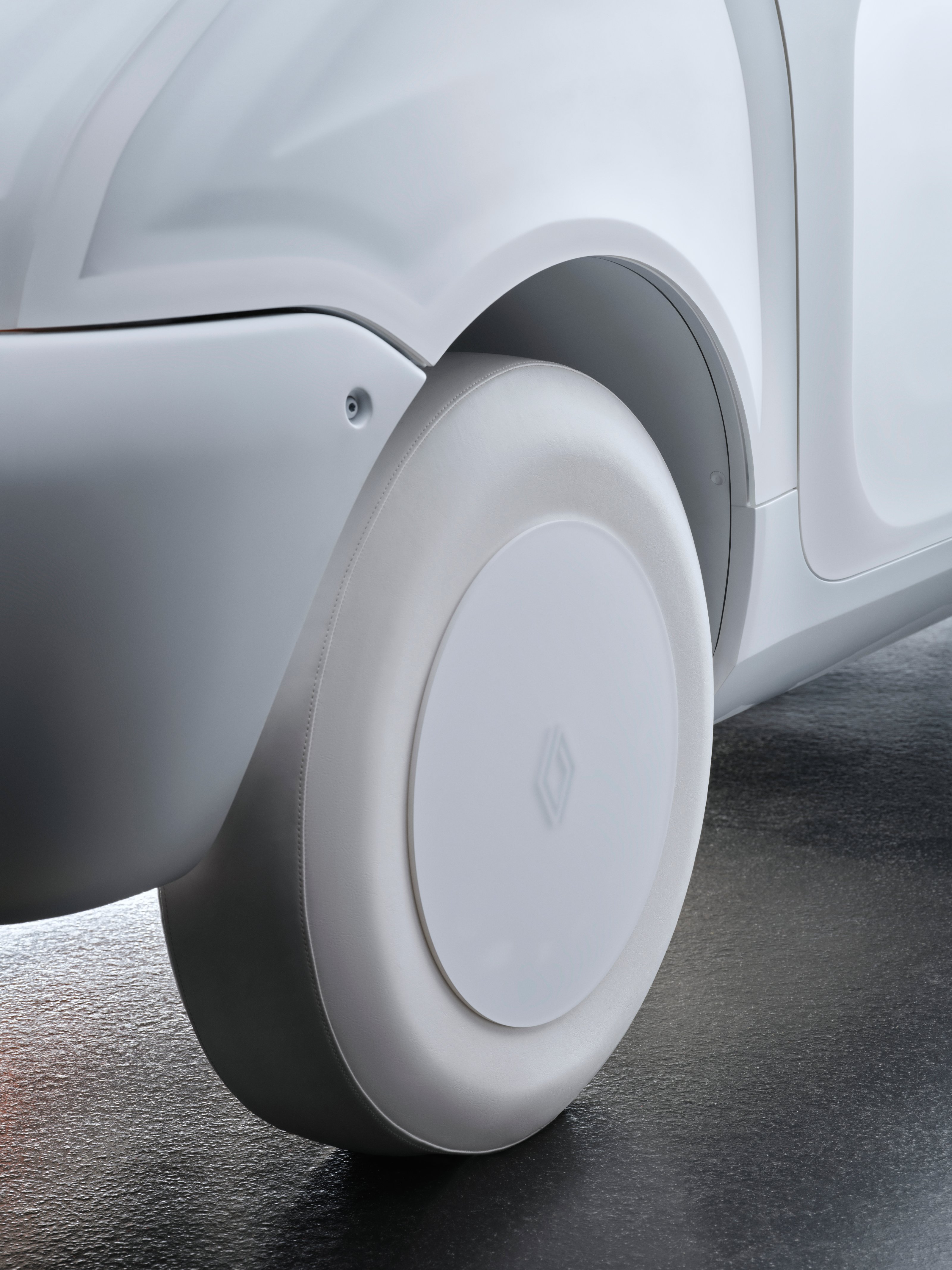
‘[I wanted to] strip elements back to their essence and push the theme of mono-materiality even further by turning some elements into mono-elements, like the sunshade and front seats, which have been turned into singular elements,’ Marcelis explains. ‘And the body and windows are also all one single materiality.’
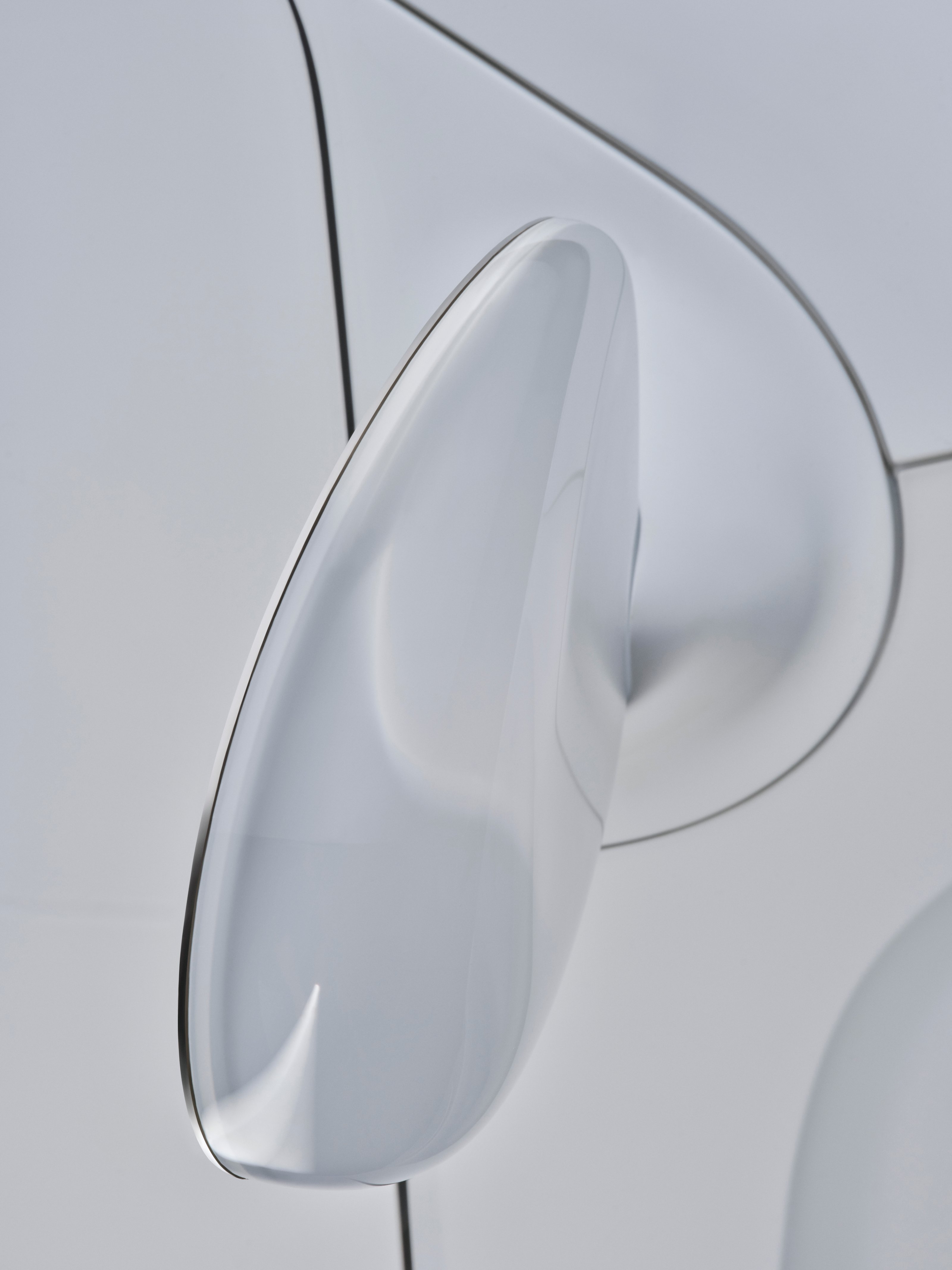
François Farion, Renault’s director of design, innovation and sustainability, describes it as a ‘carte blanche programme’.
‘From the beginning, the role of project management was not to intervene in the designer’s view of the Twingo, but to provide automotive background, and try to make everything Sabine designed possible,’ he says. ‘We wanted to create an object that would still be a car: it is electric; it is not road-legal but can be driven; the incredible steering-wheel works, even if you hit a curb (which we did to test the robustness of the prototype!).’
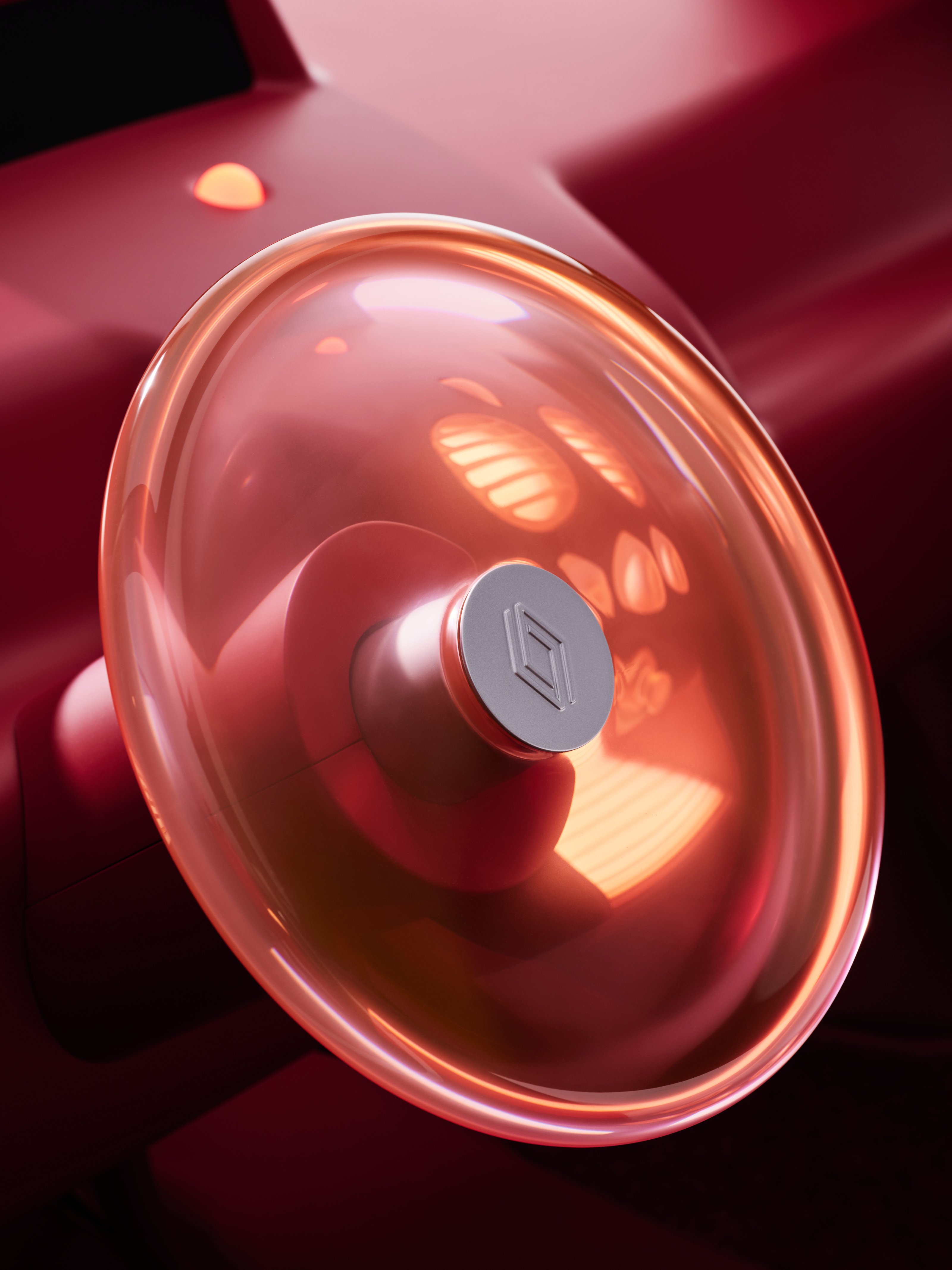
Above all, Sabine Marcelis has stayed faithful to the overall spirit of the Twingo, even as she has transformed its materiality and functional appearance. ‘It has the lines and proportions that remind people of the original, iconic silhouette,’ Farion says, ‘lines which maximise the feeling of space. Sabine has not only embraced this but enhanced it through her work on structure/transparency, and incredible interior purity/simplicity.’
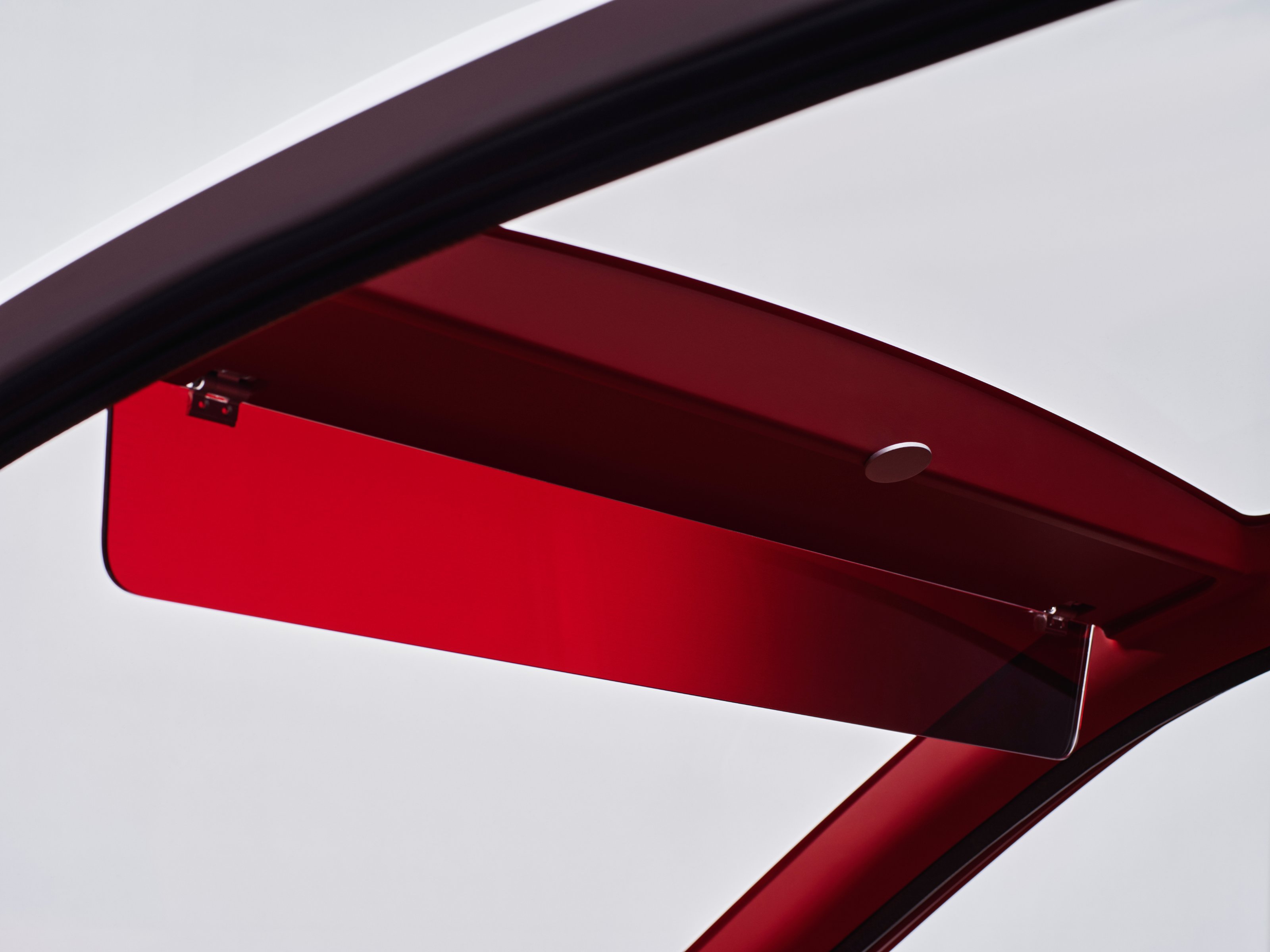
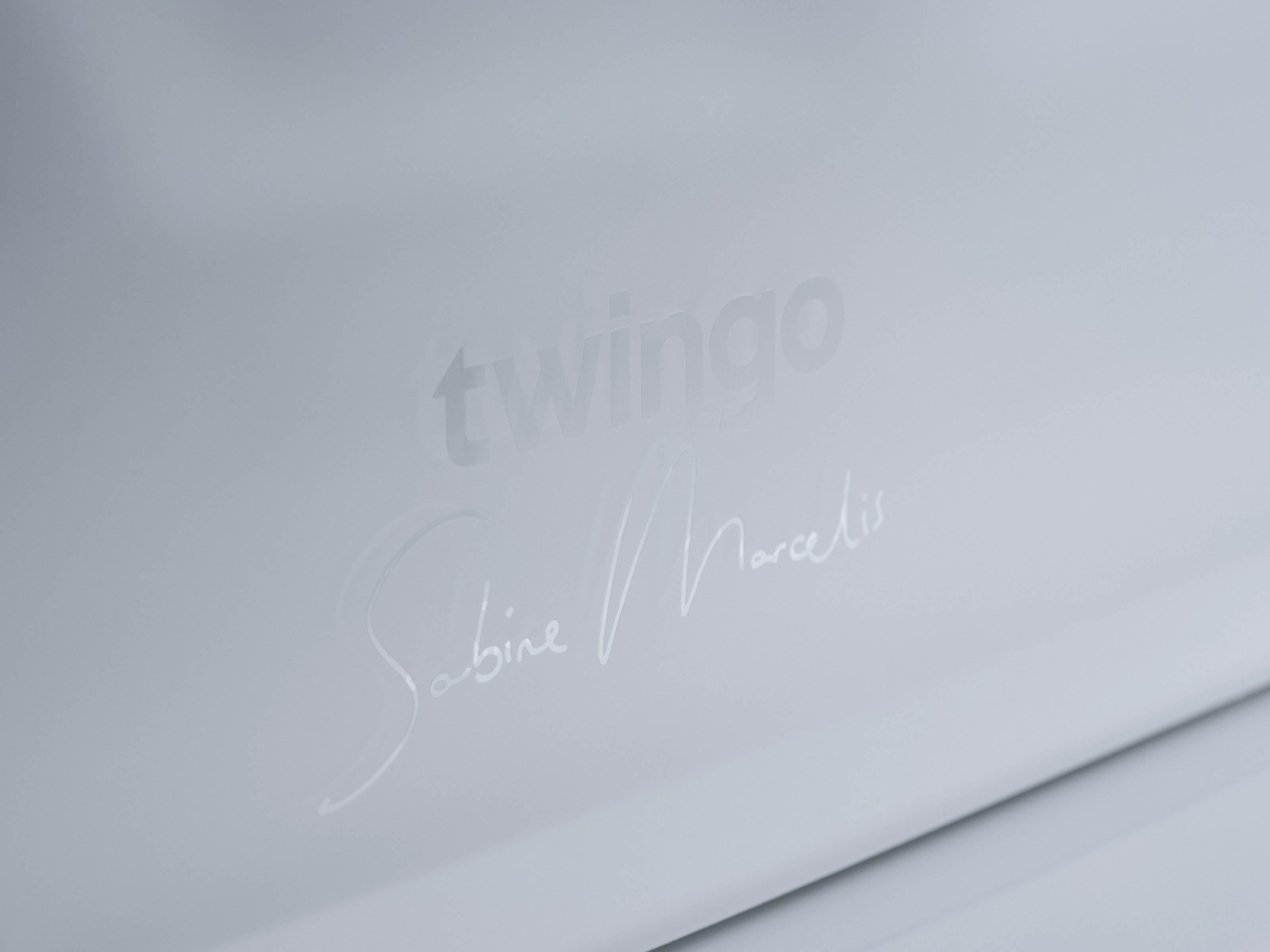
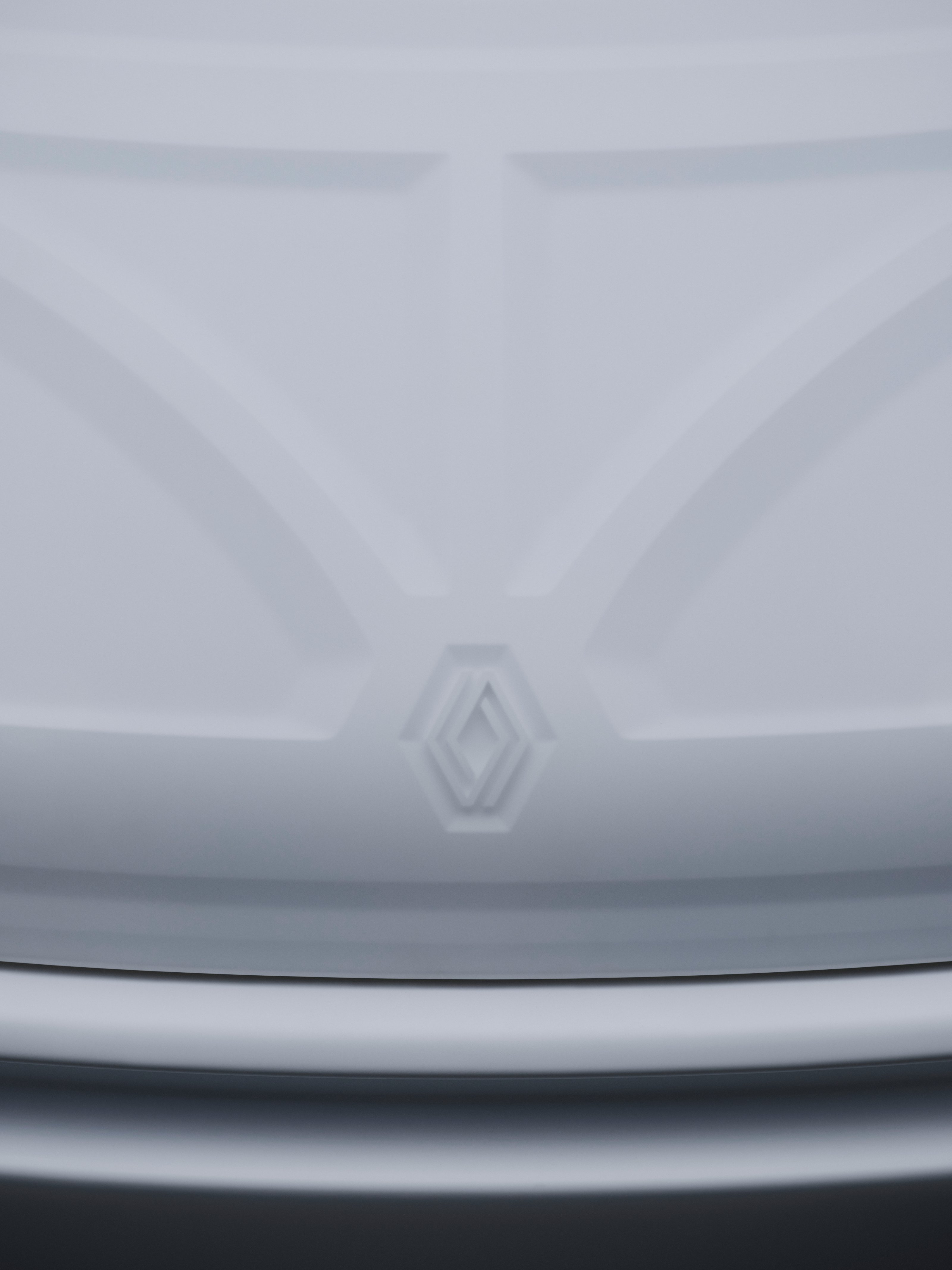
SabineMarcelis.com, Renault.co.uk
Jonathan Bell has written for Wallpaper* magazine since 1999, covering everything from architecture and transport design to books, tech and graphic design. He is now the magazine’s Transport and Technology Editor. Jonathan has written and edited 15 books, including Concept Car Design, 21st Century House, and The New Modern House. He is also the host of Wallpaper’s first podcast.
-
 Eight designers to know from Rossana Orlandi Gallery’s Milan Design Week 2025 exhibition
Eight designers to know from Rossana Orlandi Gallery’s Milan Design Week 2025 exhibitionWallpaper’s highlights from the mega-exhibition at Rossana Orlandi Gallery include some of the most compelling names in design today
By Anna Solomon
-
 Nikos Koulis brings a cool wearability to high jewellery
Nikos Koulis brings a cool wearability to high jewelleryNikos Koulis experiments with unusual diamond cuts and modern materials in a new collection, ‘Wish’
By Hannah Silver
-
 A Xingfa cement factory’s reimagining breathes new life into an abandoned industrial site
A Xingfa cement factory’s reimagining breathes new life into an abandoned industrial siteWe tour the Xingfa cement factory in China, where a redesign by landscape specialist SWA Group completely transforms an old industrial site into a lush park
By Daven Wu
-
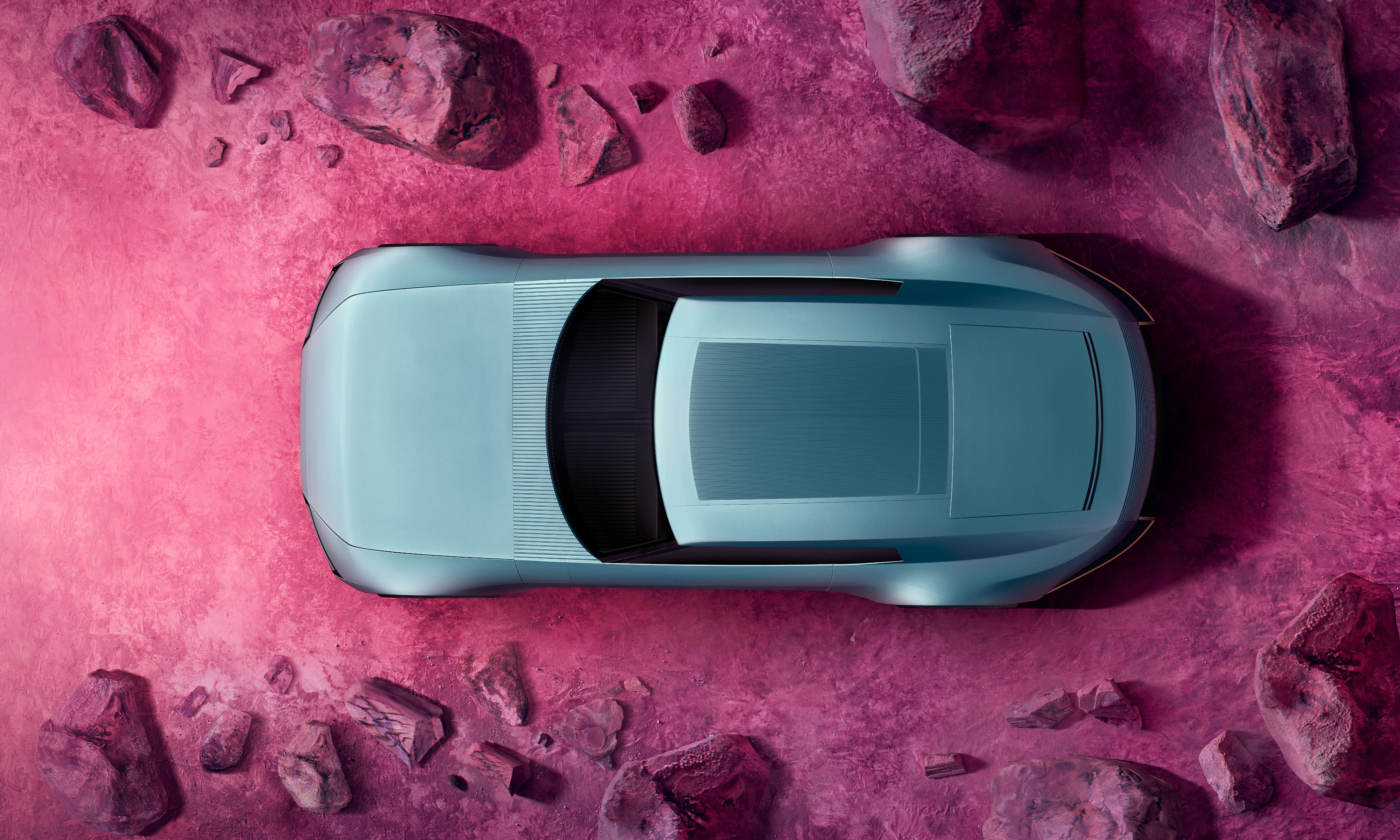 The top 10 concept cars of 2024, as selected by Wallpaper’s Transport Editor
The top 10 concept cars of 2024, as selected by Wallpaper’s Transport EditorWe round up our favourite forays into futuristic design with this collection of concepts and design studies showcasing the transport of tomorrow
By Jonathan Bell
-
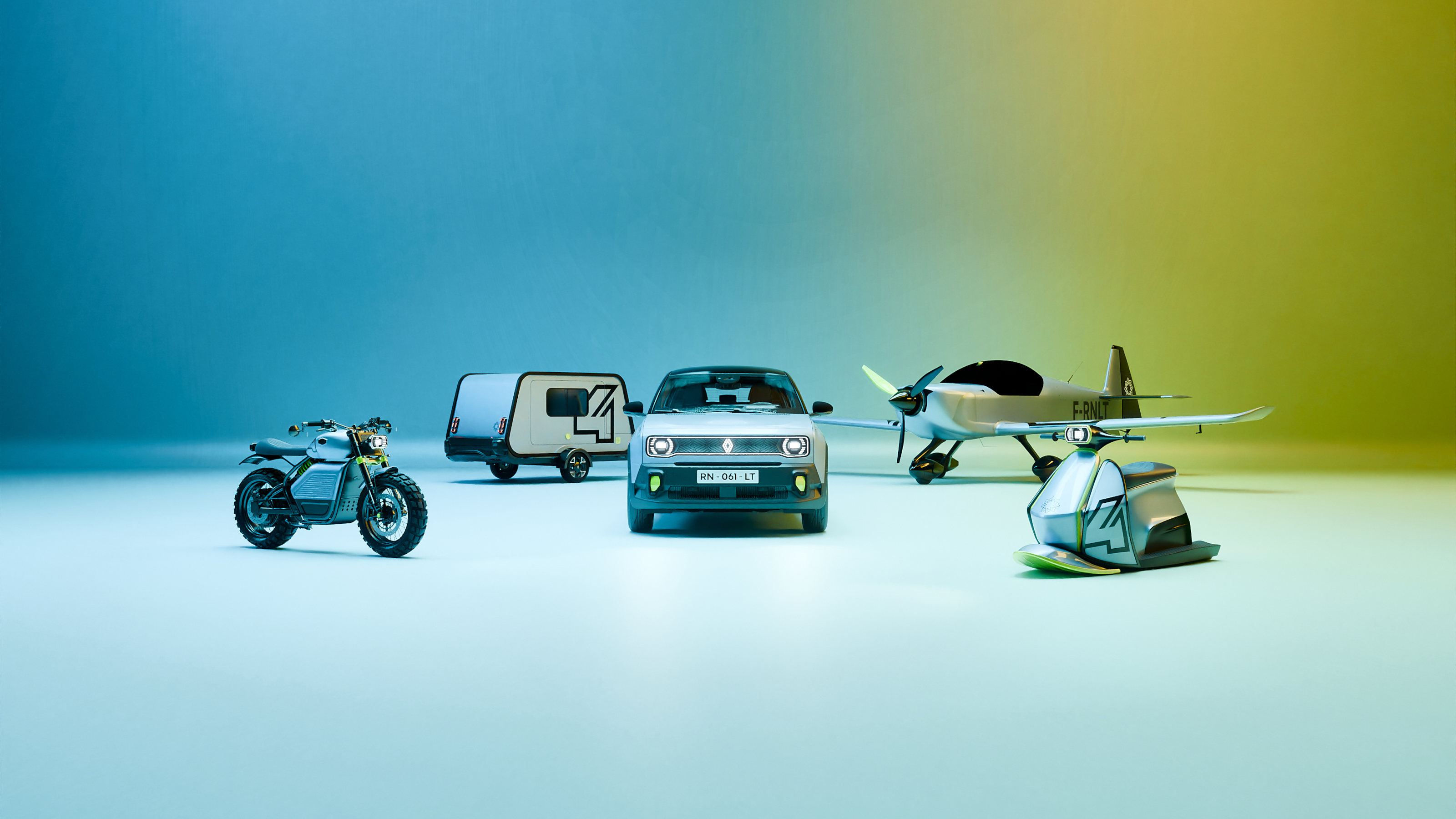 Renault celebrates new R4 EV and electric mobility with TheArsenale and four French start-ups
Renault celebrates new R4 EV and electric mobility with TheArsenale and four French start-upsRenault's '4 Movements' accompanied the R4 E-Tech at the 2024 Paris Motor Show; the clutch of sleek machines will bring innovative electrification to air, sea and water
By Jonathan Bell
-
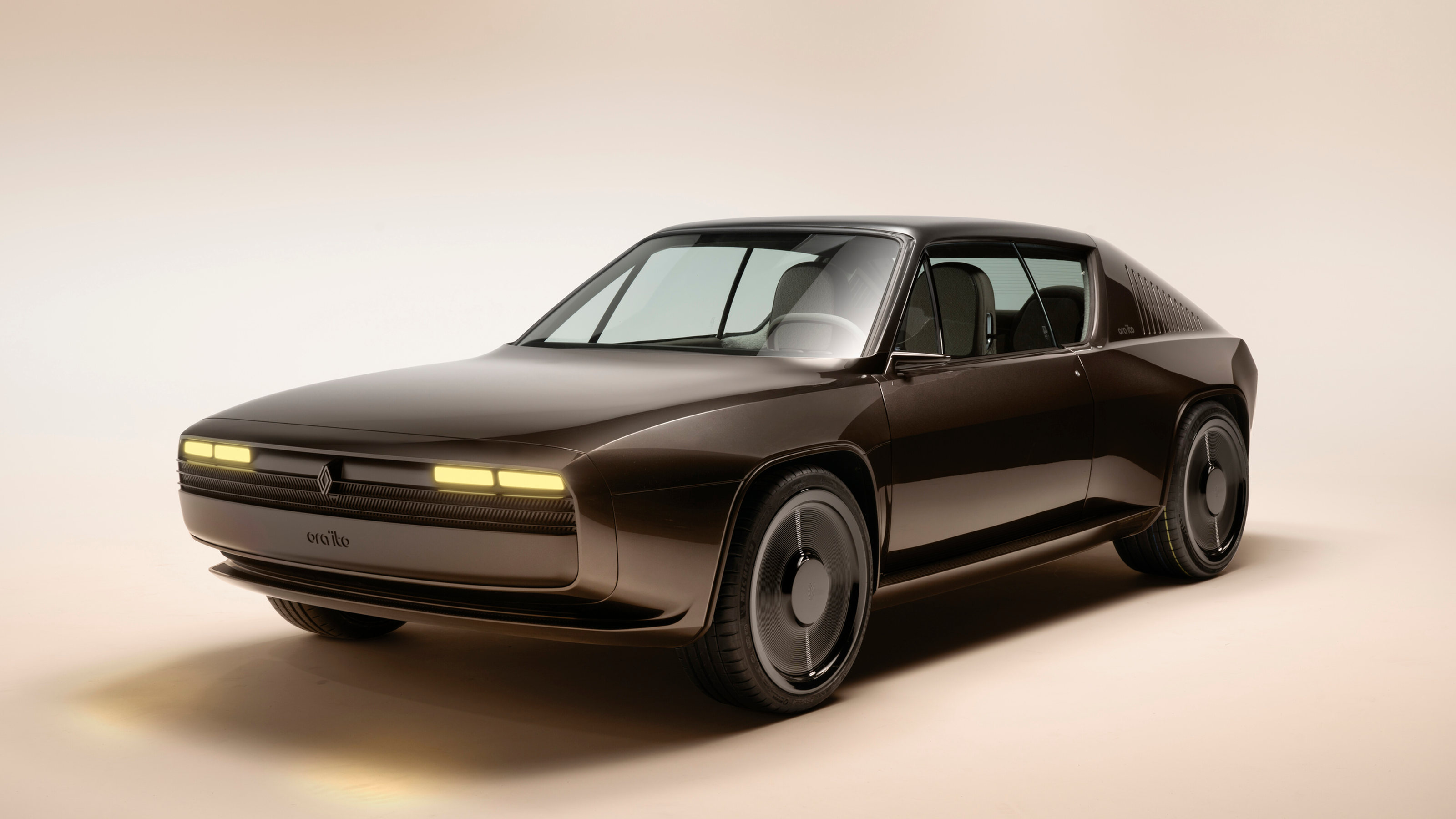 Ora-ïto transforms the Renault 17 into a futuristic yet retro-tinged vision
Ora-ïto transforms the Renault 17 into a futuristic yet retro-tinged visionThe R17 electric restomod x Ora-ïto is the fourth in Renault's series of designer-led reimaginings of iconic models from its past. We think it's the best of the lot
By Jonathan Bell
-
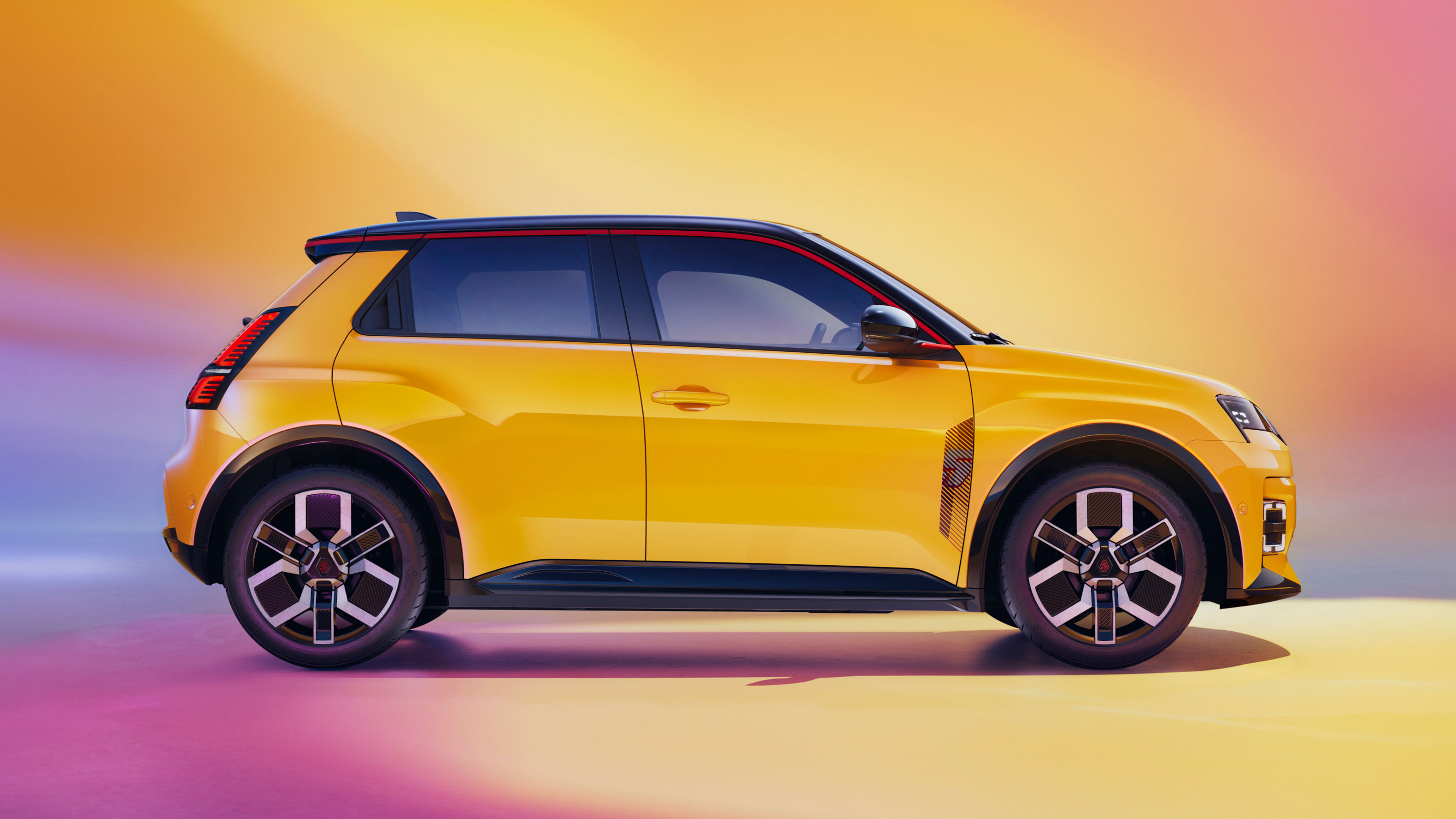 The new Renault 5 E-Tech’s design secrets and designer dreams revealed
The new Renault 5 E-Tech’s design secrets and designer dreams revealedWallpaper* talks to Renault’s Laurens van den Acker and Gilles Vidal about how they shaped the eagerly awaited Renault 5 E-Tech
By Guy Bird
-
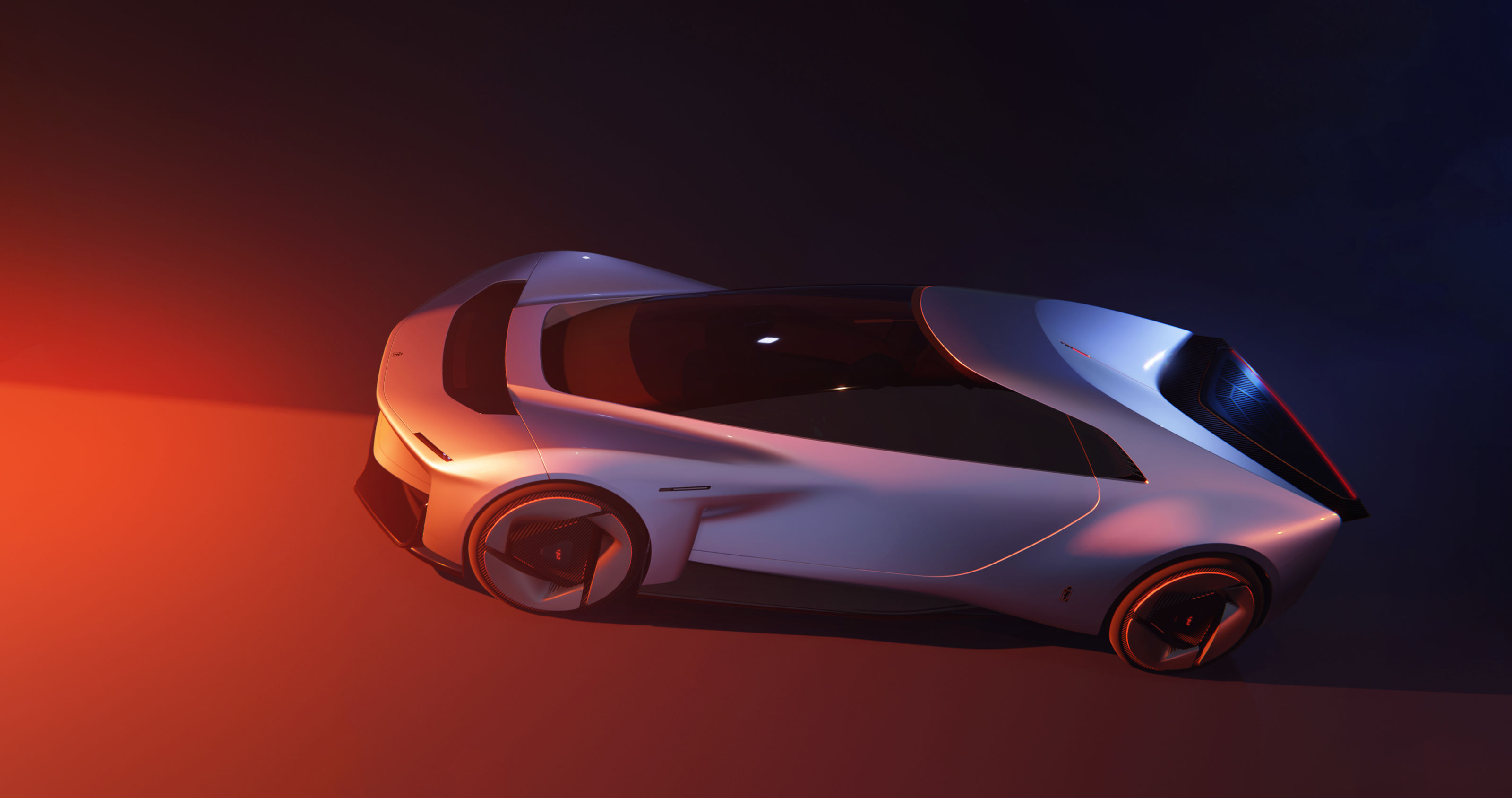 The return of the Geneva Motor Show (to Geneva) as a place for global debuts
The return of the Geneva Motor Show (to Geneva) as a place for global debutsThe Geneva Motor Show is back. After 2020’s pandemic cancellation and an ‘exported’ event in Qatar in 2023, the organisers of GIMS 2024 had their work cut out to stay relevant. Here are our highlights
By Guy Bird
-
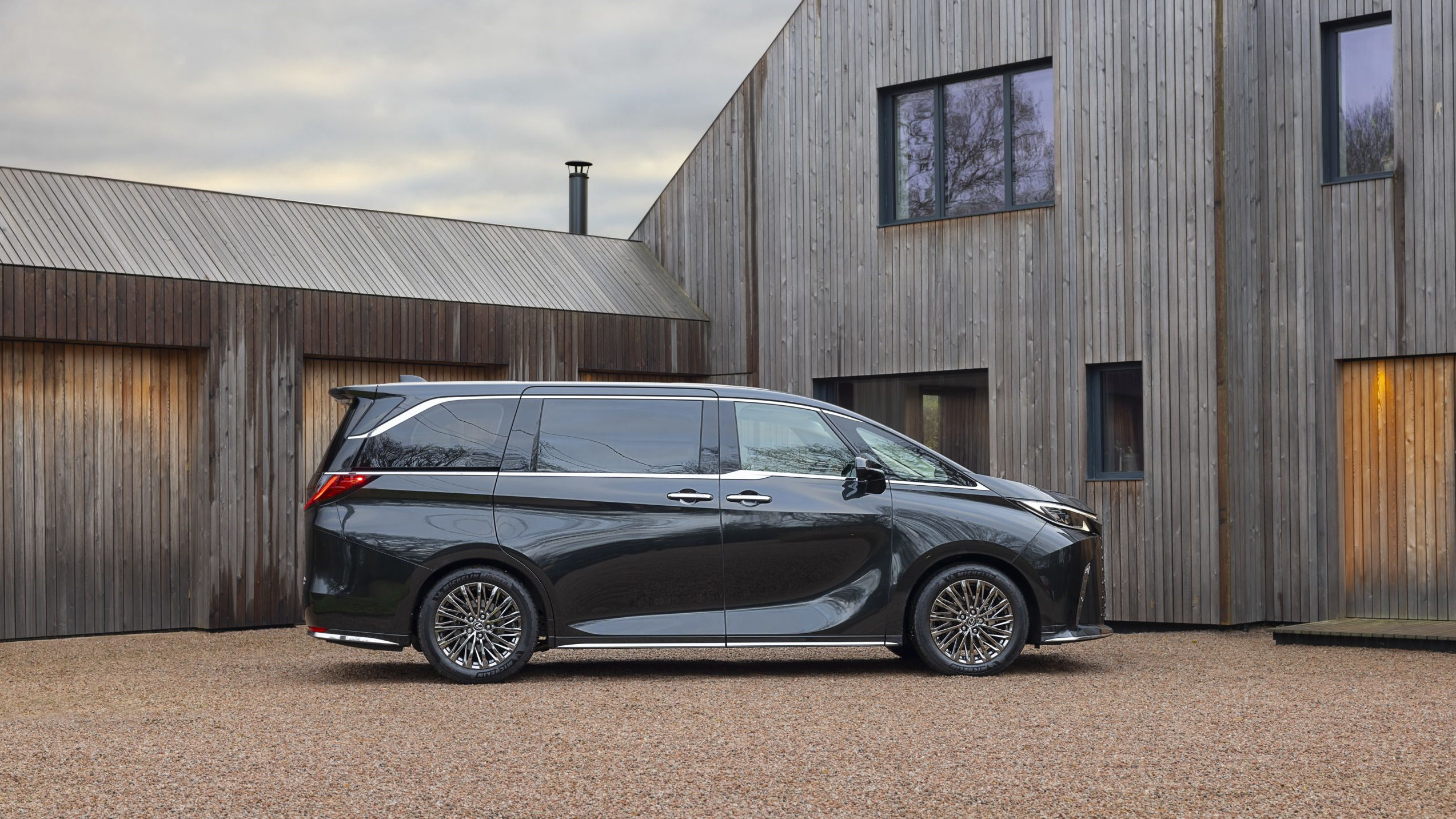 Lexus LM wants you to have the back-seat ride of your life
Lexus LM wants you to have the back-seat ride of your lifeThe back of the Lexus LM has the space, grace and accoutrements to rival a Rolls-Royce. Can this upscale minivan reinvent the luxury car?
By Jonathan Bell
-
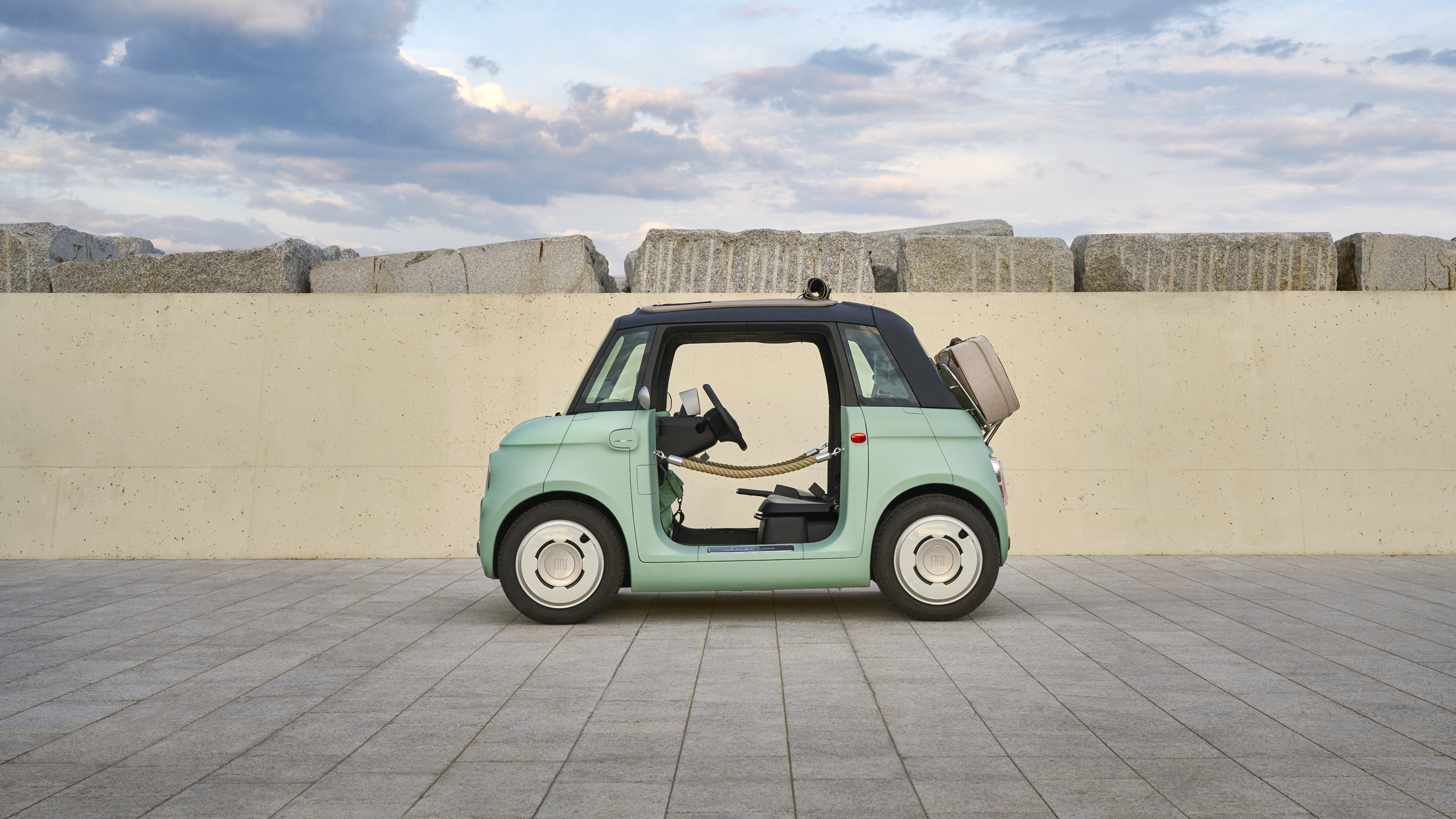 Year in review: top 10 transport design stories of 2023, selected by Wallpaper’s Jonathan Bell
Year in review: top 10 transport design stories of 2023, selected by Wallpaper’s Jonathan BellJonathan Bell’s top 10 transport design stories of 2023 span from electric campers and microcars to flying yachts and classic car recreations
By Jonathan Bell
-
 Why the new Dacia Duster SUV is simply ‘enough’
Why the new Dacia Duster SUV is simply ‘enough’The Dacia Duster SUV is proof that in an age of dwindling natural resources, the concept of a product being ‘enough’ – even if customers can afford more – is gaining currency
By Guy Bird